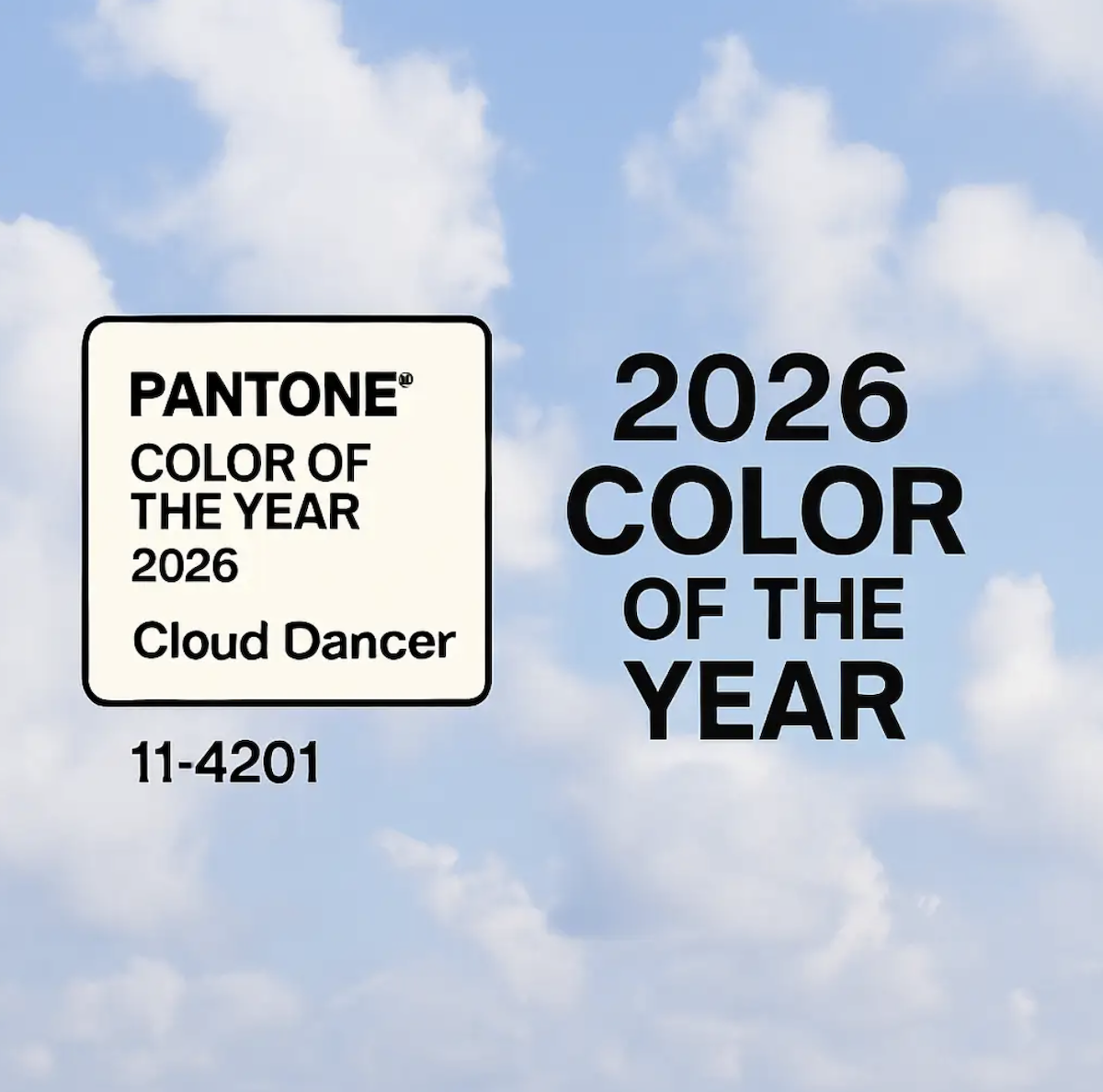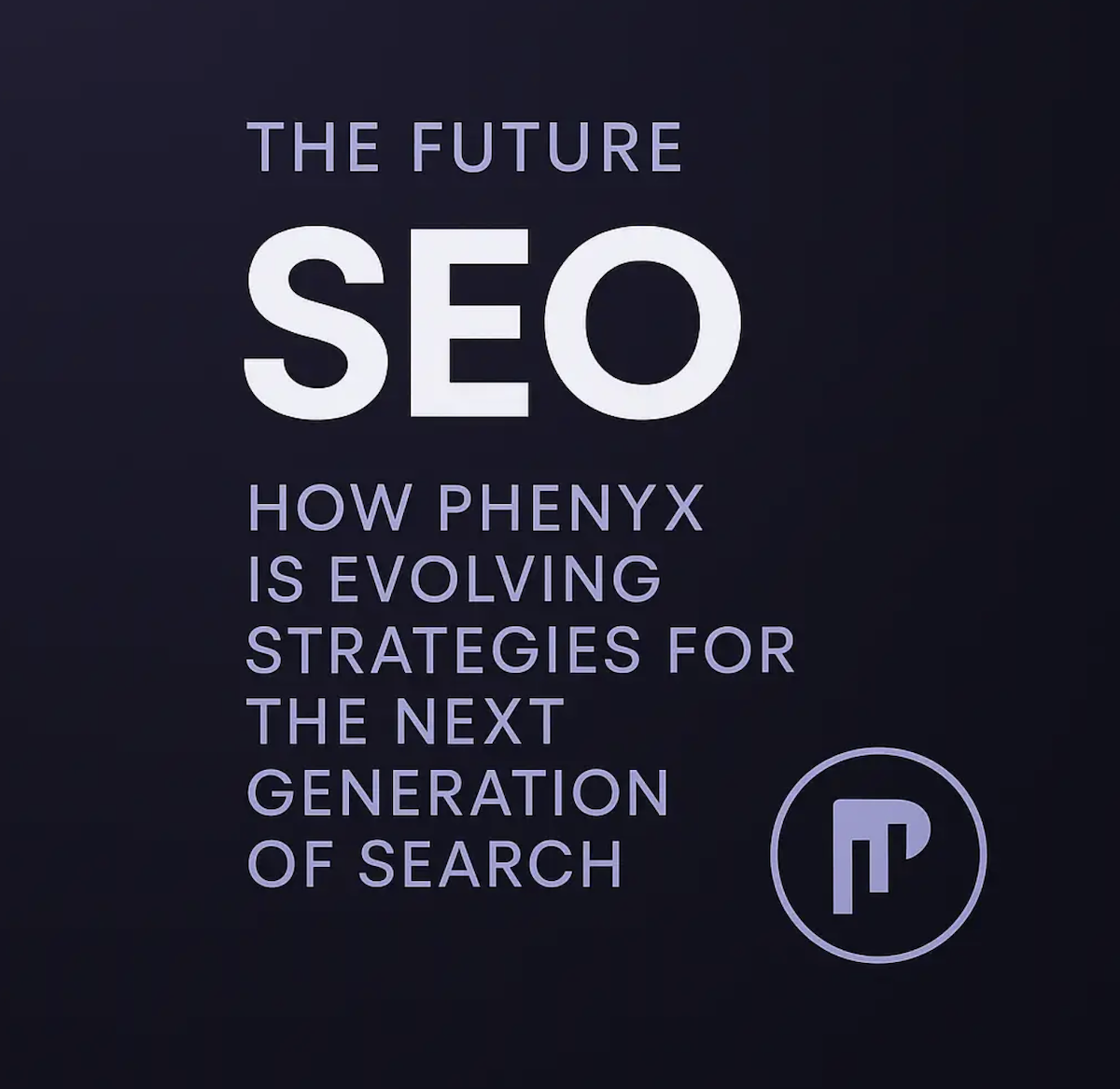Transformative Impact of Graphic Design:
Graphic design is not just about creating visually appealing images; it's a strategic tool that organizes information and delivers messages effectively. A well-designed message, combining the right image, a compelling headline, and professional execution, hits its target with maximum impact.
Beyond Pretty Pictures:
Contrary to the misconception of graphic design as mere aesthetics, it involves presentation, organization, and market concepts. It's the synergy of these elements that delivers a powerful and attractive package, capturing the audience's attention.
Visual Appeal and Attention:
In the fast-paced world of advertising, where attention spans are short, attractive graphics play a crucial role. Humans are inherently visual, and graphic design utilizes this trait, allowing brands to communicate quickly and captivate their audience.
Consistency and Recognition:

Consistency in graphic design across all marketing collateral fosters brand recognition. A consistent visual identity, whether on a website, social media, or business card, helps customers easily identify and remember a brand.
Trust and Credibility:
A professionally designed brand exudes trust and credibility. Consumers are more likely to engage with a business that presents itself in a polished and coherent manner, conveying reliability and professionalism.
Visual Storytelling:
Effective graphic design enables brands to tell their story visually. Incorporating storytelling elements into design helps businesses connect emotionally with their audience, leaving a lasting impression.
Brand Guidelines and Cohesion:

A comprehensive set of brand guidelines ensures consistency in design across all touchpoints, maintaining a cohesive brand identity. Consistency between offline and online branding is crucial for a unified brand experience.
Long-Term Equity:
Investing in thoughtful and effective graphic design builds long-term brand equity, solidifying a brand's position in the market and increasing its value over time.
Brand Identity Design:
Brand identity encompasses all visual elements of a brand, from color palettes to fonts, creating a memorable association. A strong visual identity builds trust and familiarity, improving how customers interact with the brand.
Rebranding and Graphic Design:
Rebranding efforts utilize graphic design to communicate change and articulate a brand's essence. Graphic design strategically integrates design elements to evoke emotions, adapt to market shifts, and maintain core identity.
Adapting to Technological Shifts:
In response to technological shifts, businesses leverage graphic design in rebranding to match adaptability. For instance, the shift towards digital payments prompted companies to revitalize their brand image, reflecting technological advancements.
Graphic design is not just about aesthetics; it's a dynamic tool driving transformative change in the ever-evolving landscape of branding and rebranding.
The Cornerstone of Lasting Brand Impact
In the dynamic landscape of branding and rebranding, graphic design emerges as a transformative force. Its pivotal role in creating a compelling visual identity, fostering brand recognition, and emotionally connecting with the audience cannot be overstated. Businesses that prioritize graphic design gain a competitive edge, standing out in the minds of their target audience. From telling visual stories to building long-term brand equity, graphic design is the cornerstone of successful brand communication. As businesses navigate the evolving market, the strategic integration of graphic design remains imperative for leaving a lasting impact and achieving sustained success.













%20(2).svg)
%20(1).svg)
